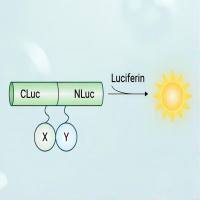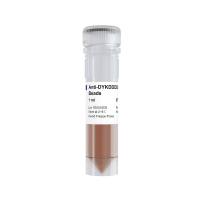Manganese-Enhanced Magnetic Resonance Imaging
互联网
互联网
相关产品推荐

Anti-SMAD3 Magnetic Beads Immunoprecipitation (IP) Kit | 抗SMAD3 免疫沉淀IP磁珠试剂盒
¥1900

Recombinant-Rat-Bax-inhibitor-1Tmbim6Bax inhibitor 1; BI-1 Alternative name(s): Testis-enhanced gene transcript protein Transmembrane BAX inhibitor motif-containing protein 6
¥10892
![///蛋白Recombinant Alternaria alternata Superoxide dismutase [Mn], mitochondrial重组蛋白; Superoxide dismutase [Mn]; mitochondrial; EC 1.15.1.1; Manganese-dependent superoxide dismutase; MnSOD; allergen Alt a MnSOD; Fragment蛋白](https://img1.dxycdn.com/p/s14/2024/0914/559/6161996242349384381.jpg!wh200)
///蛋白Recombinant Alternaria alternata Superoxide dismutase [Mn], mitochondrial重组蛋白; Superoxide dismutase [Mn]; mitochondrial; EC 1.15.1.1; Manganese-dependent superoxide dismutase; MnSOD; allergen Alt a MnSOD; Fragment蛋白
¥2328

荧火素酶互补实验(Luciferase Complementation Assay, LCA)| 荧光素酶互补成像技术(Luciferase Complementation Imaging, LCI)
¥5999

免费试用标签抗体磁珠Anti-DYKDDDDK Magnetic Beads(PB102)
¥0¥2400

